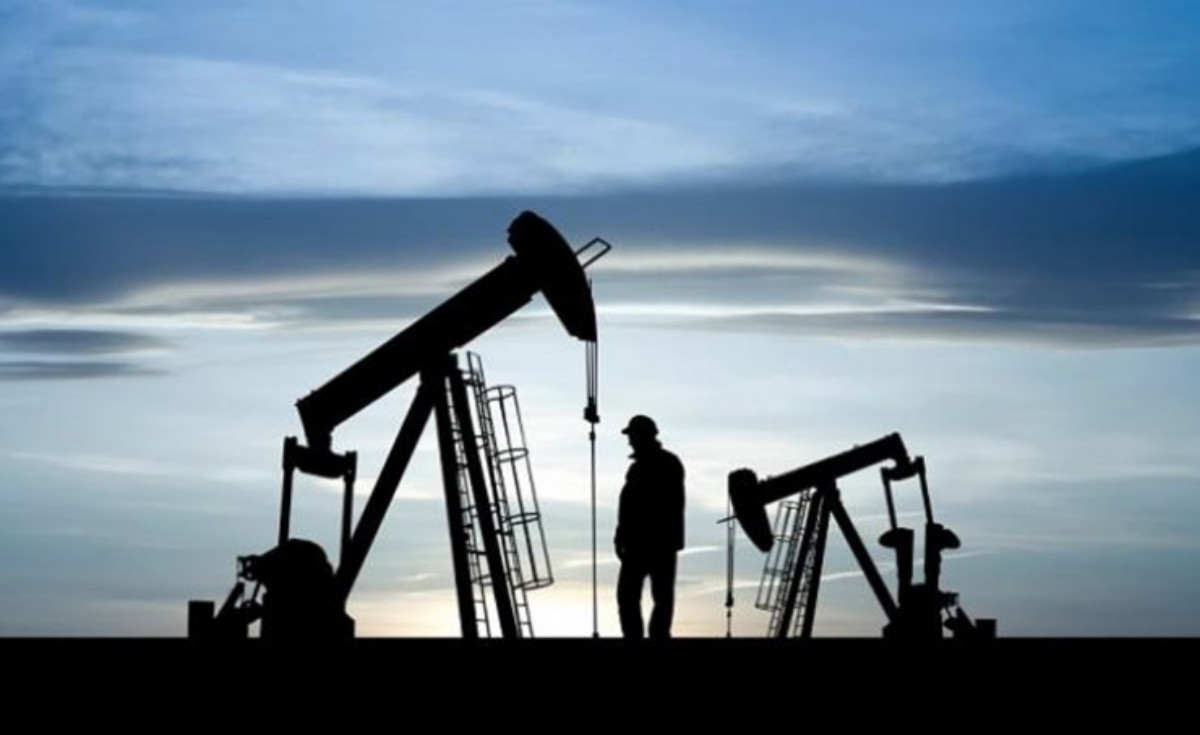Riyadh/Moscow — Saudi Arabia will extend its voluntary cut of 1 million barrels per day, which was implemented in July 2023, until March 2024 in coordination with some OPEC+ participating countries, the Kingdom’s energy ministry said in a statement.
“Therefore, the Kingdom’s production will be approximately 9 million barrels per day until the end of March 2024. Afterwards, in order to support market stability, these additional cut volumes will be returned gradually subject to market conditions,” SPA reported.
The latest cut is in addition to the voluntary cut of 500 thousand barrels a day previously announced by the Kingdom in April 2023, which extends until the end of December 2024.
The Ministry said the additional voluntary cut comes to “reinforce the precautionary efforts made by OPEC Plus countries with the aim of supporting the stability and balance of oil markets”.
Russia meanwhile said on Thursday it would deepen its voluntary oil supply cut to 500,000 barrels per day (bpd) and extend it until the end of the first quarter of 2024.
Along with its OPEC+ oil partners, Russia has been holding back its oil output and exports in a bid to boost global prices.
Russia had previously pledged to cut exports by 300,000 bpd until the end of this year.
The extra cuts are intended to “maintain stability and balance in the oil market,” Deputy Prime Minister Alexander Novak said in a statement following a meeting of OPEC+ ministers.
Novak said Russia would cut its crude supply by 300,000 bpd and its refined oil products by 200,000 bpd based on benchmark levels from May and June 2023.
“Thereafter, to maintain market stability, these additional cuts will be gradually returned into the market at a speed dependent on market conditions,” Novak said in a statement issued by the Russian government.
Oil is Russia’s most important export product, generating tens of billions of dollars in revenue for the Kremlin each year.
After it launched its full-scale military offensive on Ukraine, the West has cut its own purchases of Russian oil and tried to limit Moscow’s ability to sell on the global market through an export price cap.
Ministers from the 13-member Organization of the Petroleum Exporting Countries (OPEC) headed by Saudi Arabia and its 10 partners led by Russia have agreed to “further cut production by 600,000 to one million barrels a day”, a source told AFP earlier in the day.
Oil prices rally
Oil prices rallied at the prospect of fresh cuts, with Brent crude up by 1.3 percent around 1515 GMT.
Amid stuttering global economic growth, analysts had largely expected OPEC+ producers to extend or deepen production cuts into next year to halt the recent slump in prices.
Intense negotiations have continued in recent days as Saudi Arabia, which has borne the brunt of the cuts, sought to convince African countries to chip in by accepting lower production quotas.
Angola and Nigeria were among those countries reluctant to sign up, seeking to step up production to secure foreign currency.
Balance
Since the end of 2022, the alliance has implemented supply cuts of about five million barrels per day (bpd).
They initially slashed some two million barrels in their first in-person meeting after the Covid pandemic.
In May they implemented more cuts by nine members totaling 1.6 million bpd.
A month later, Riyadh announced it was to take a further one million barrels off the market, a decision extended month by month until the end of 2023 and followed to a lesser extent by Russia.
But investors have warned that cutting production might not be enough to prevent prices from plummeting.
Oil prices are far from the near-$140 a barrel peak reached after the Russian invasion of Ukraine.
But they remain above the average of the last five years, currently hovering at around $80 per barrel after nearly striking $100 in September.
Concerns among producers persist about demand softening owing to slowing economies, particularly China’s — the world’s biggest importer of crude.

